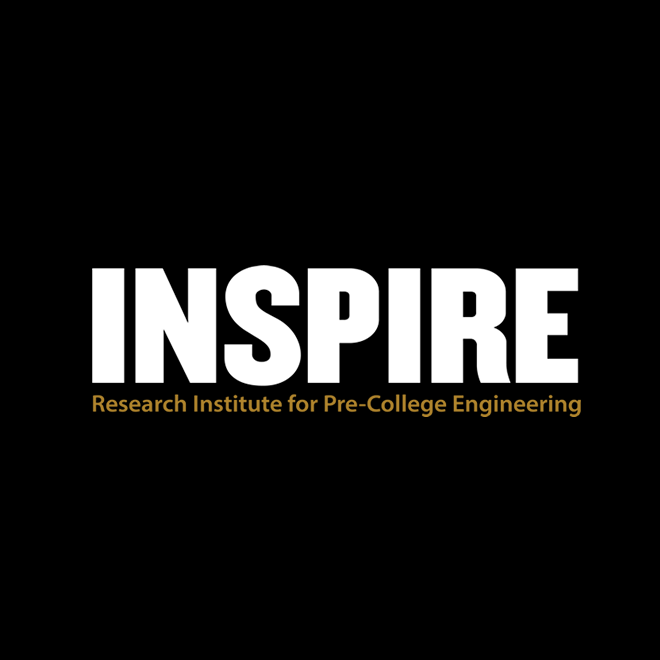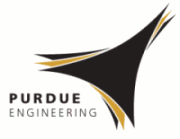Abstract
This paper addresses an important consideration for promoting equitable engineering instruction: understanding how teachers contextualize curricular materials to draw upon student and community resources. We present a descriptive case study of two 5th grade teachers who co-designed a Next Generation Science Standards (NGSS)-aligned curricular unit that integrated science, engineering, and computational modeling. The five-week project challenged students to redesign their school grounds to reduce water runoff and increase accessibility for students with disabilities. The teachers implemented the project with one Grade 5 class with a large proportion of students having individualized learning plans and cultural backgrounds minoritized in science, technology, engineering, and mathematics fields. Data sources include classroom videos, teacher interviews, and student artifacts. Findings demonstrate how teachers made helpful, important adaptations to contextualize the curriculum unit and draw upon students’ community-based resources. This case highlights the role of the teacher in enacting engineering materials that privilege student and community resources in elementary classrooms. Findings also underscore the importance of teacher customizations to promote equitable, NGSS-based engineering instruction in elementary classrooms.
Recommended Citation
Chiu, J. L.,
Fick, S. J.,
McElhaney, K. W.,
Alozie, N.,
&
Fujii, R.
(2021).
Elementary Teacher Adaptations to Engineering Curricula to Leverage Student and Community Resources.
Journal of Pre-College Engineering Education Research (J-PEER), 11(1), Article 5.
https://doi.org/10.7771/2157-9288.1283


